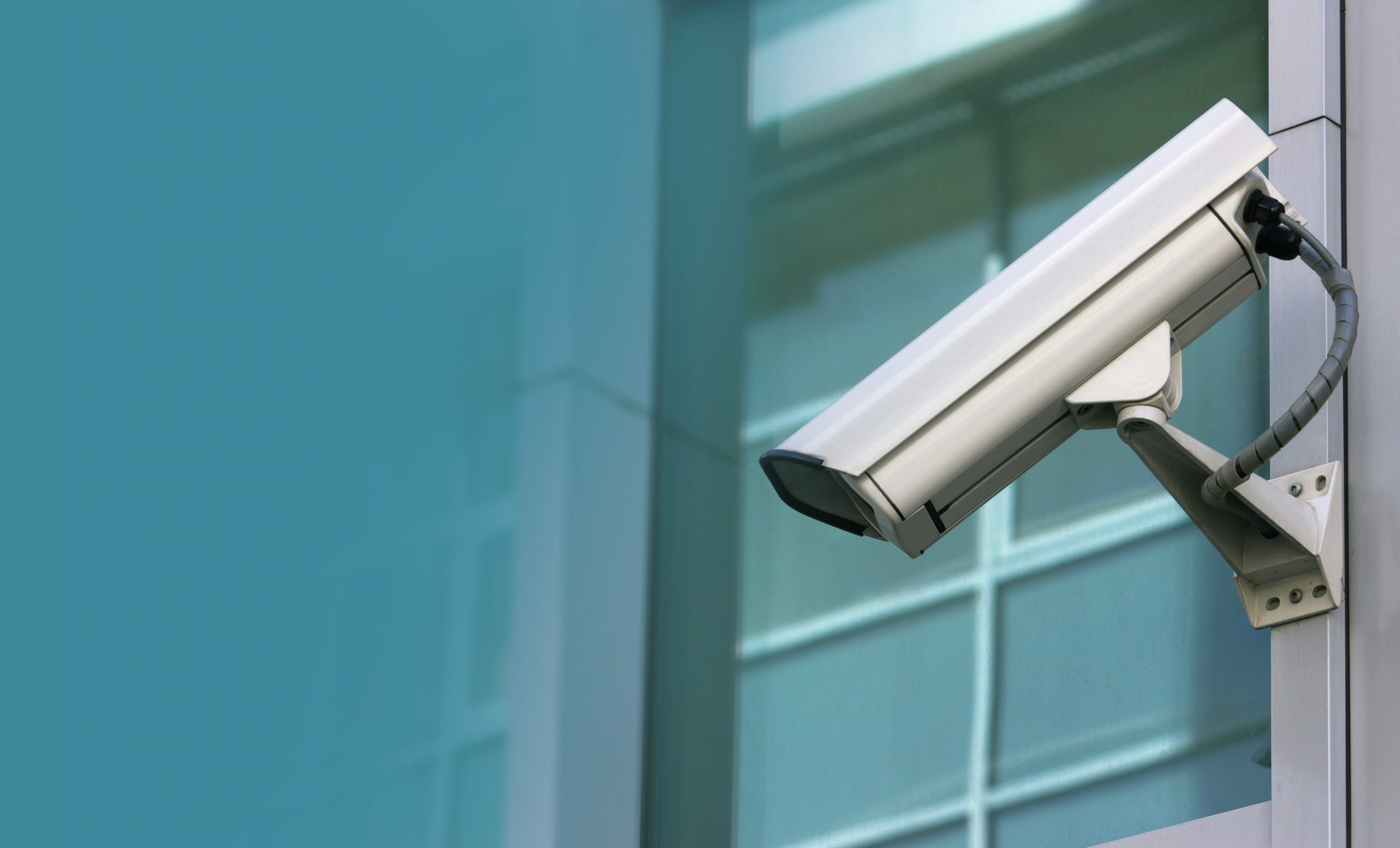
This article takes a look at something that has become increasingly familiar to us all in a variety of spaces — namely CCTV cameras. Drawing on a range of research covering different countries, Peter Squires examines the evidence for the usefulness of CCTV — in particular, its impact on crime. Although CCTV is often seen as a politically attractive method of crime prevention, the article asks some interesting questions. For example, who benefits from its use, and who are the most ‘watched’ groups? Particularly in the light of the street riots of the summer of 2011, an important point is also made about the need to address some of the underlying causes of crime, rather than simply record it happening. This article will be of particular benefit to students taking the ‘Crime and deviance’ topic, but is also of relevance to ‘Power and politics’.
It is estimated that 85% of UK secondary schools now employ CCTV surveillance systems, among other security measures (the Guardian 9 June 2011). CCTV is used in classrooms and even in changing rooms and toilet areas (where adults would be unlikely to tolerate it) on the grounds that these locations are often associated with ‘trouble’: bullying, smoking, drugs.
Your organisation does not have access to this article.
Sign up today to give your students the edge they need to achieve their best grades with subject expertise
Subscribe




